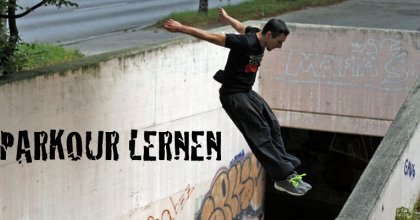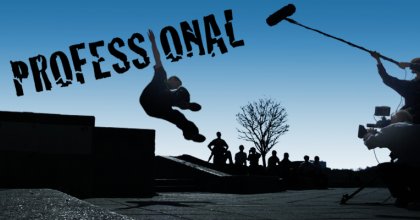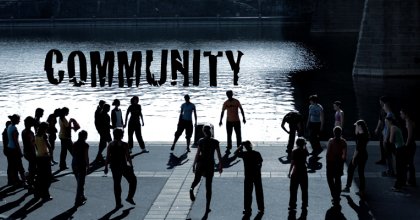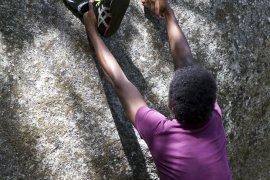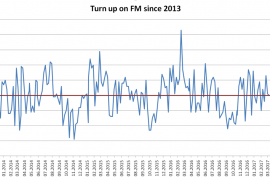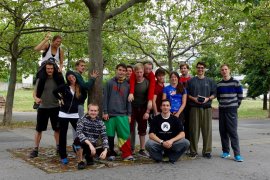Parkour-Vienna.at ist seit 2021 ein read-only Archiv
Community: Für angehende Traceure, unser Forum, Forum-Meeting, Meeting-Calendar, Spot- & Member-Map, etc.
Parkour-Info: Für Parkour-Interessenten, mit Artikeln rund um die Geschichte von Parkour, F.A.Q, etc.
Professional: Für Anfragen bzgl. Workshops, Informationen über unsere Medienarbeit und Projekte wie Video- & Foto-Shootings, etc.
Parkour lernen: Für Personen die nach Parkour-Trainings suchen, Informationen zum Forum-Meeting, einer Liste von Workshops/Kursen, Beginner-Guide, etc.
Unsere Kurz-Doku: Parkour in Wien

